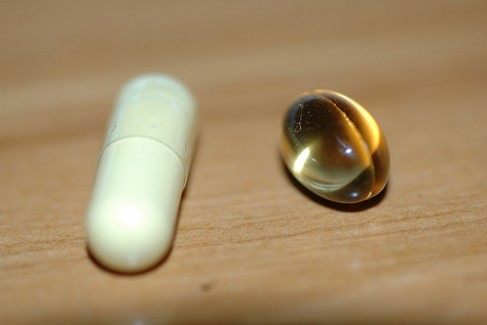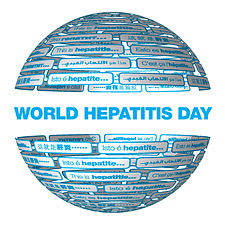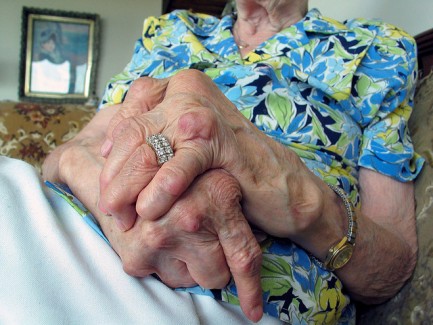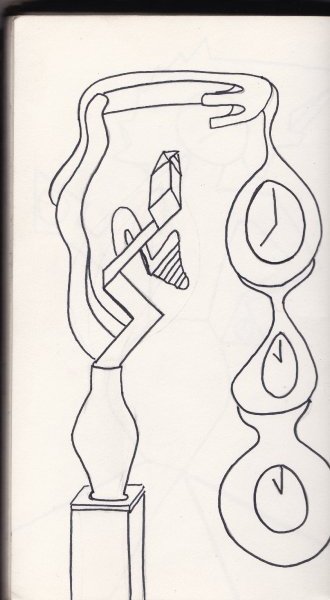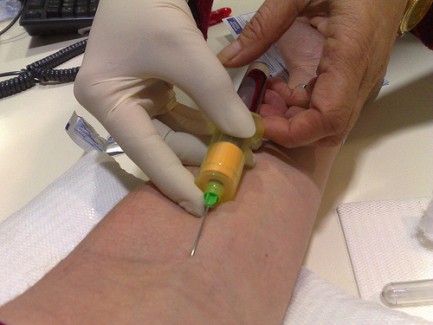
New blood test could tell hepatitis risk
In an effort to consistently and more innovatively promote diagnosis and treatment of liver diseases, experts have come up with another medical technology to improve diagnostic tests for alcohol drinkers. Using a color-coded blood test, it is now easier to determine the level of liver damage of people who are highly at risk.
Researchers at the University of Southampton, England call it “traffic light” blood test, simply because the test makes use of clinical markers to indicate the chances of a patient developing cirrhosis or fibrosis, both fatal conditions that lead to liver cancer.
The clinical test basically notes a patient’s condition in color-coded results: red means that the patient already has liver scarring or fibrosis, and that there may be a good chance of cirrhosis; green indicates that the patient does not have any cirrhosis and thus the chance of perishing from liver cancer in the next five years is minimal; finally, amber shows that there is over 50 percent risk of having fibrosis and liver disease—in this case the patient needs further testing and may be encouraged to improve general lifestyle choices that may include eliminating alcohol.
One of the greatest challenges when addressing the global issue of liver diseases is early and accurate diagnosis. Liver diseases rarely have noticeable signs and symptoms. Signs of liver problems commonly become apparent when a person is close to having liver failure, making treatment and recovery practically futile.
With this simple to administer and simple to understand color-coded test, physicians can detect liver distress early on with significant accuracy, and thus encourage patients to take major steps towards taking better care of their liver. The test is also useful for people with diabetes, who, like heavy alcohol drinkers, are at risk of developing liver damage. While the blood test does not substitute actual liver function tests, it serves to make disease assessment accessible, easy and affordable to people all over the world.









